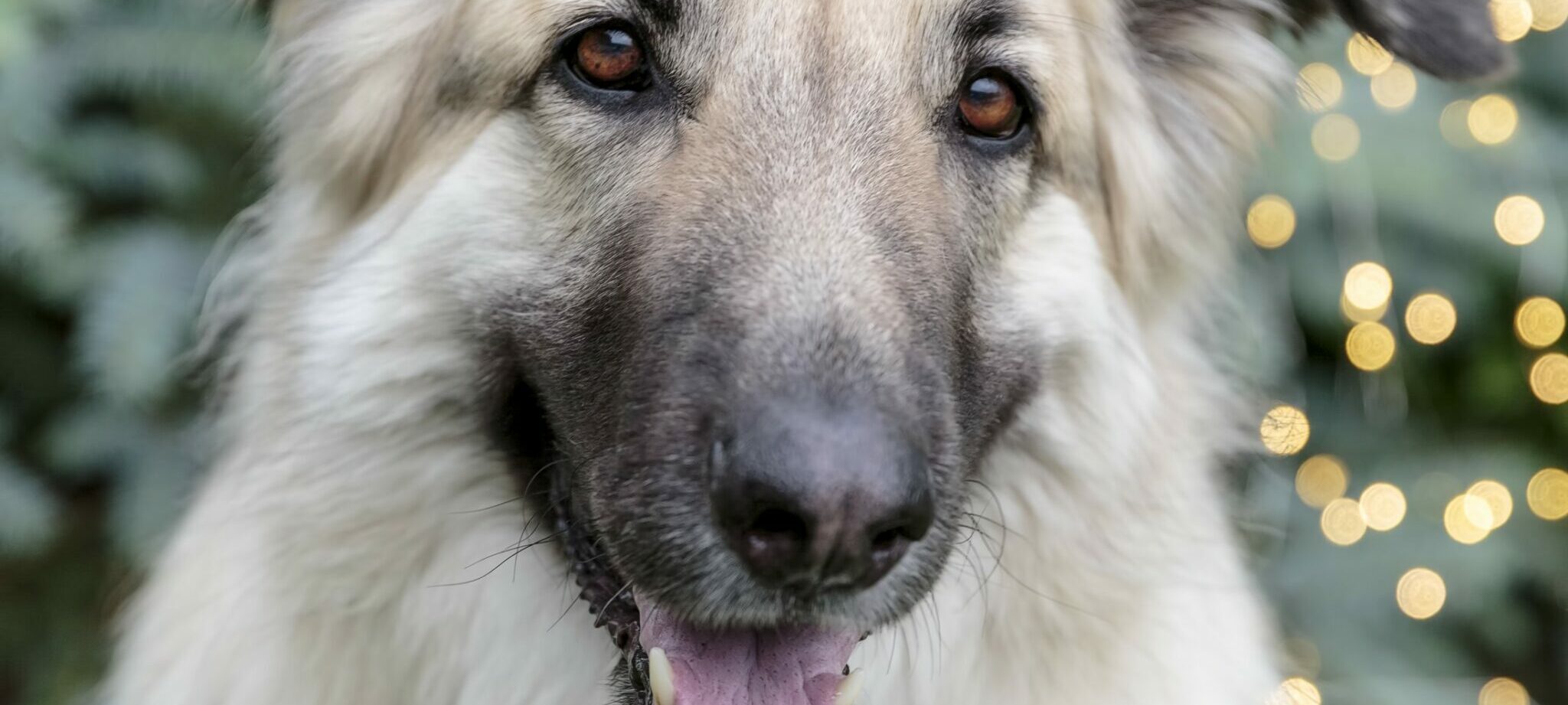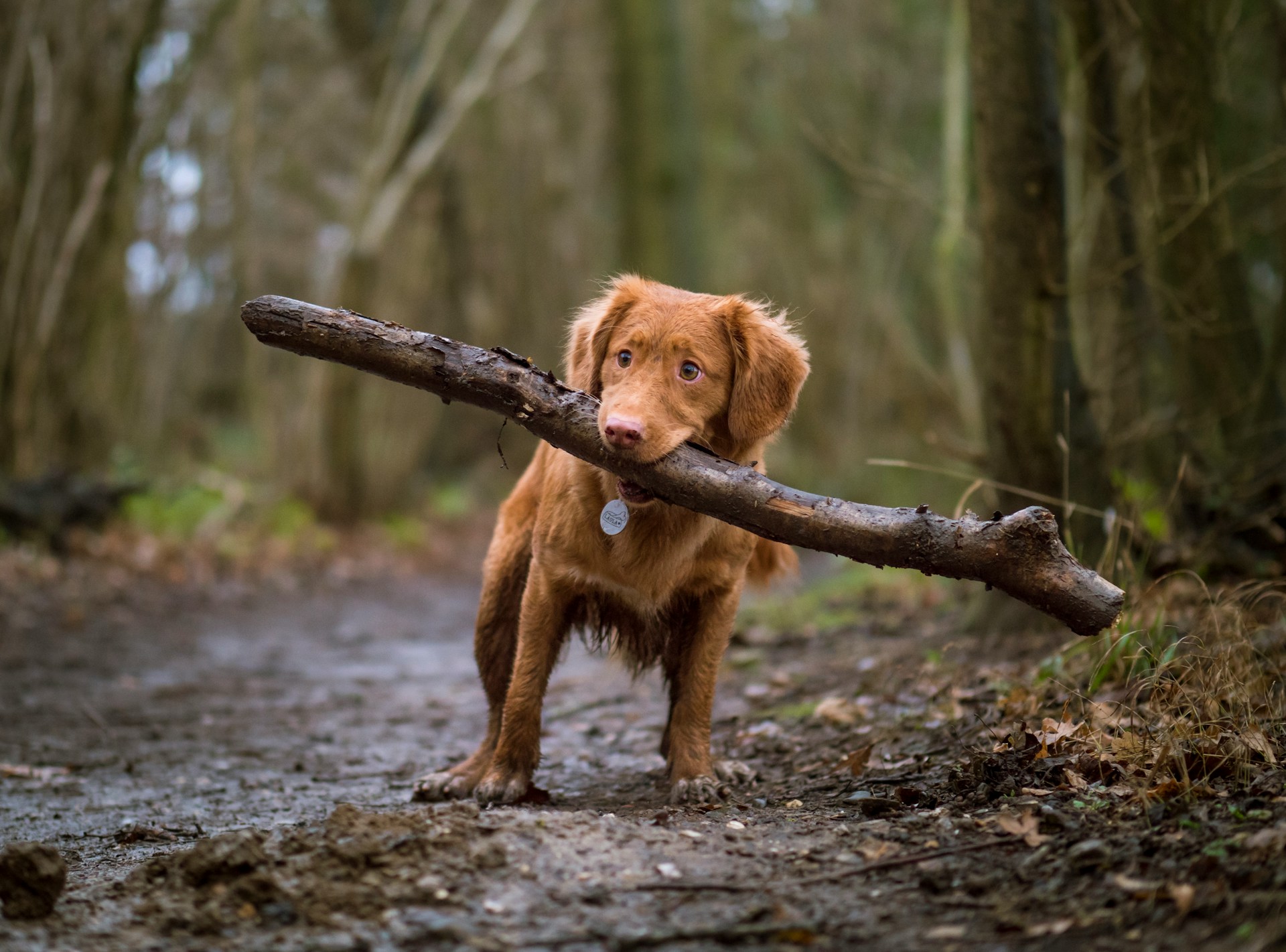
15 Mar What Causes Dog’s Teeth To Break?
According to a recent article, approximately 14-27% of dogs had some form of tooth fracture. That’s a very significant number that needs to be fleshed out as to how this occurs. Of course, significant trauma can occur when a dog is involved with vehicular or blunt force trauma, but those occur at a much lesser rate than by conventional methods that we will discuss below.
Causes of Tooth Fractures in Dogs
Enamel is the outer covering of yours and your dog’s teeth. Enamel is very hard, but can still fracture. The ability to fracture is directly proportional to the bite and chew forces of the jaw. Some dogs are zealous chewers. Some are worse tuggers.
Chewing on Hard Objects
One of the most prevalent causes is chewing on hard objects such as bones and hard chews. Many pet supply stores and online pet suppliers sell deer/elk antlers. While one would think this type of bone would be ideal for pacification, it comes with a significant side effect. Of all the chews that lead to tooth fracture of a maxillary 4th premolar tooth, these hard chews contribute significantly.
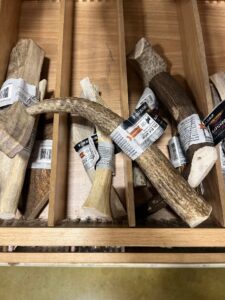
The images below show a model of a maxillary 4th premolar tooth and mandibular 1st molar tooth. Notice the pointed tooth cusp that contributes to tooth fracture when aggressive chewing occurs. Once chewing on a very hard bone such as an antler, the bite forces cause the tooth to shear in a ‘slab’ manner. This can expose the underlying tooth dentin, or even worse, the pulp cavity. Dentin exposure can lead to tooth death. Pulp exposure from a crown fracture leads immediately to tooth death.
Treatment for an exposed dentin fracture (uncomplicated crown or crown/root fracture) requires dental imaging (x-rays and Cone beam CT) and odontoplasty (tooth smoothing). placement of a composite restoration, root canal therapy, or surgical extraction. Treatment for a fracture with pulp exposure (complicated crown, complicated/crown root) requires either root canal therapy or surgical extraction. Seems like a lot of risk for little reward chewing such a hard chew.
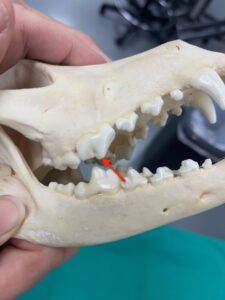
Area of ‘slab’ fracture occurrence on the maxillary 4th premolar tooth
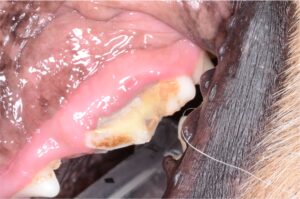
Slab fracture with pulp exposure caused by aggressive chewing
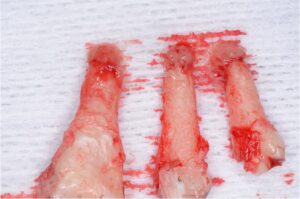
Apical granuloma from an infected tooth that was fractured chewing on elk antlers
Excessive Tugging
Another cause of tooth fracture is tugging. Dogs love to tug. People love to play with their dogs and tug. Excessive tugging also leads to canine tooth fractures. Avoidance of excessive tugging and pulling is important to prevent tooth fractures from occurring via this manner.
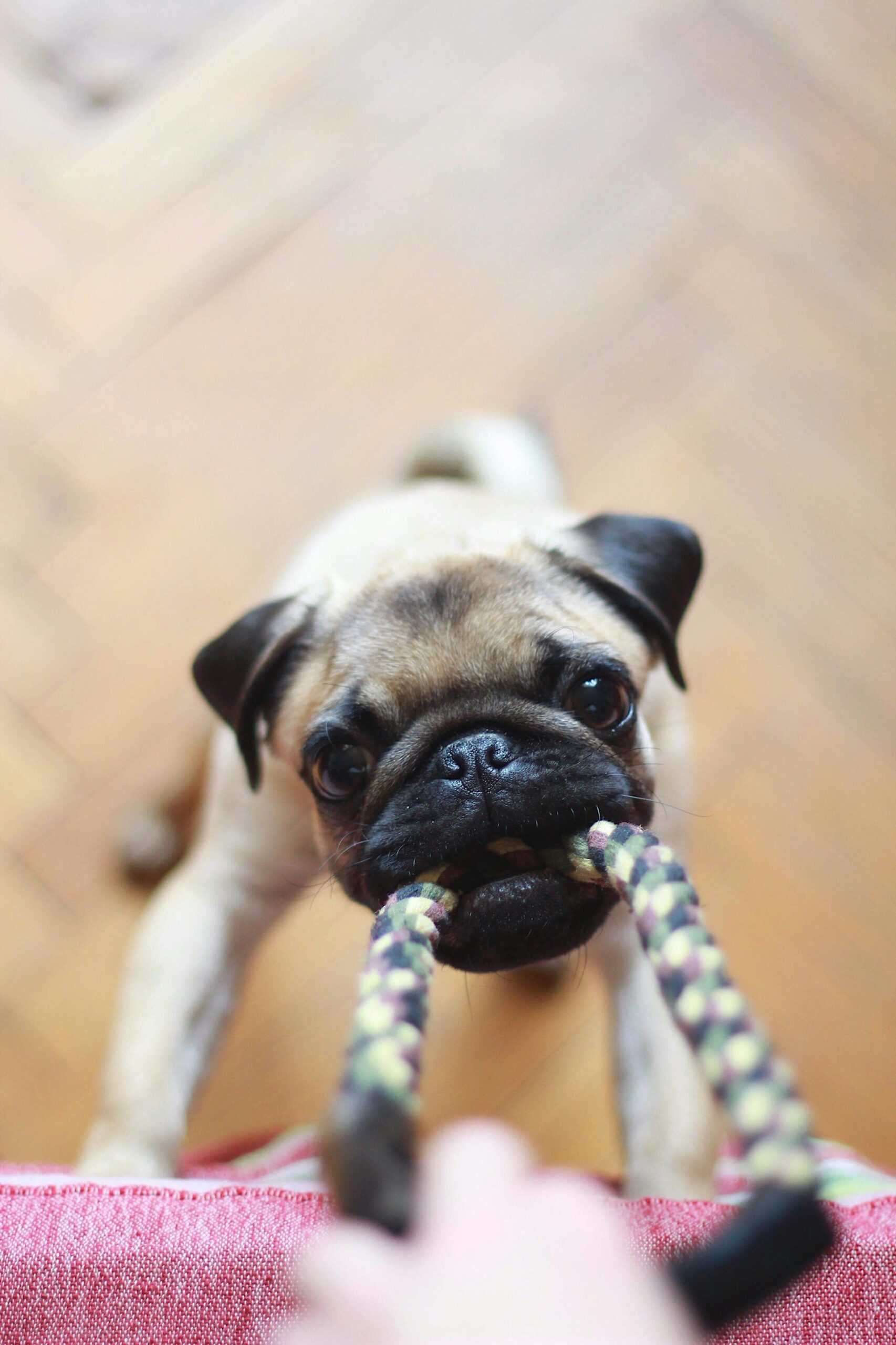
Choosing Safe Toys for Your Dog
A wise veterinary dentist friend of mine, Fraser Hale, makes this comment and it is so poignant. If you grab a pet’s chew and hit it against your kneecap and it hurts, don’t give it to your dog for it’s too hard. Otherwise, you risk the chance of tooth fracture.
Board Certified Vet Dentist in Nashville, Tennessee
If your dog’s tooth is fractured, DO NOT ignore it. Consult us at Your Pet Dentist and we can examine your pet and make a recommendation on how to proceed.
Barden Greenfield, DVM, DAVDC Board Certified Veterinary Dentist (TM) – Your Pet Dentist
Images used under creative commons license – commercial use (3/15/2024). Photos by Darinka Kievskaya on and Jamie Street on Unsplash


